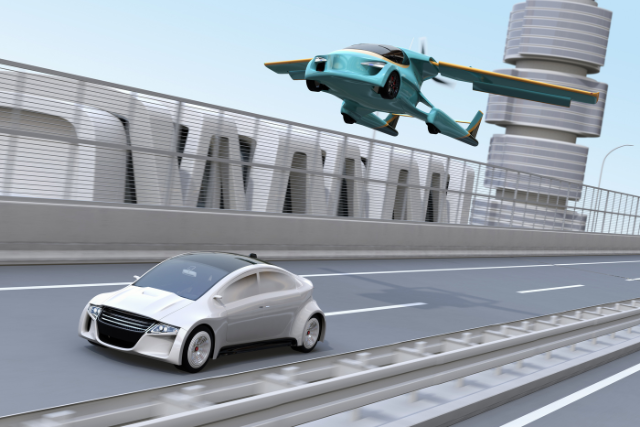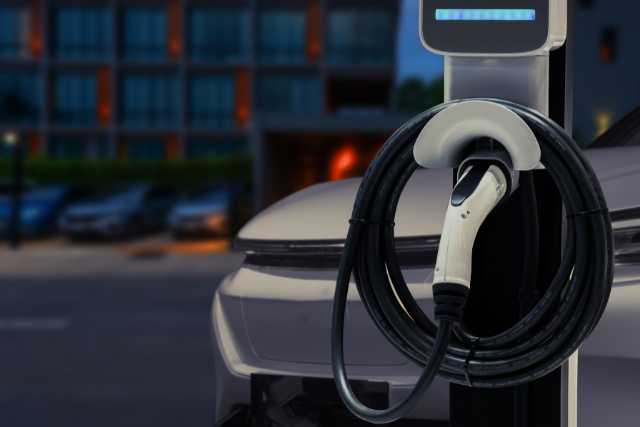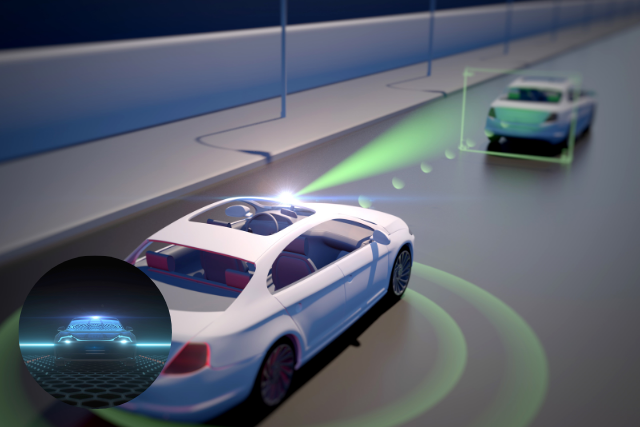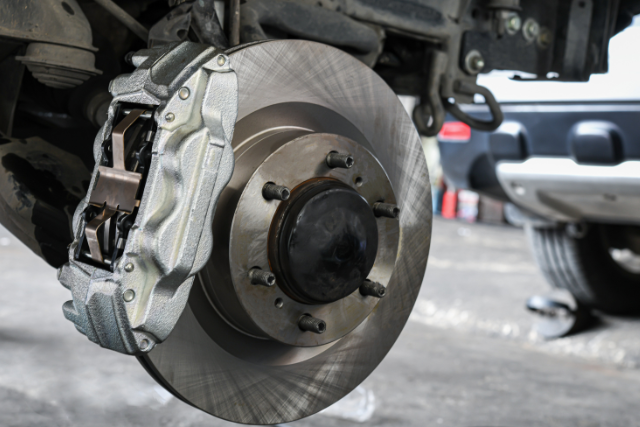Flying cars used to only exist in stories, but now engineers are working hard to make them real. They are creating small electric planes that anyone can fly.
These engineers face many challenges like making better batteries and following safety rules. Technology is getting better every day, bringing us closer to flying cars. But there are still big problems to solve like managing air traffic and protecting the environment.
Will we see personal planes in our cities soon, or is it just a dream? We need breakthroughs in many areas to find out what the future of flying will be like.
Key Takeaways
- Engineers are making strides in creating personal electric vehicles for flying, addressing power, safety, and air traffic integration challenges.
- Advancements in battery technology and clean energy sources like solar power and hydrogen fuel cells are crucial for the development of personal EV aircraft.
- Safety protocols, including emergency landing plans and predictive maintenance technology, are being developed to ensure the feasibility of flying cars.
- The move towards electric planes is expected to reduce carbon emissions, and noise pollution, and make flying cars more accessible and affordable.
The Dream of Flight
The dream of flying has always captivated people. Now, things are changing with the arrival of personal electric vehicles (EVs) made for flying.
This new way of moving through the air is not just about technology but about giving us more freedom and ways to get around. We are at the start of a big shift that could change how we live our lives thanks to these personal EV aircraft.
Just think about how nice it would be to avoid traffic jams, spend less time commuting, and reach faraway places easily. These are real benefits that personal EV aircraft can offer. By using new technology in batteries, electric power, and aviation, these vehicles give us a clean, fast, and exciting way to travel in the sky.
The idea of flying over traffic and discovering new places connects with our love for freedom and exploring.
Engineers and creators are working hard to make this dream come true. We are on the edge of a new era for how we move around, where the sky is not a limit but a new beginning.
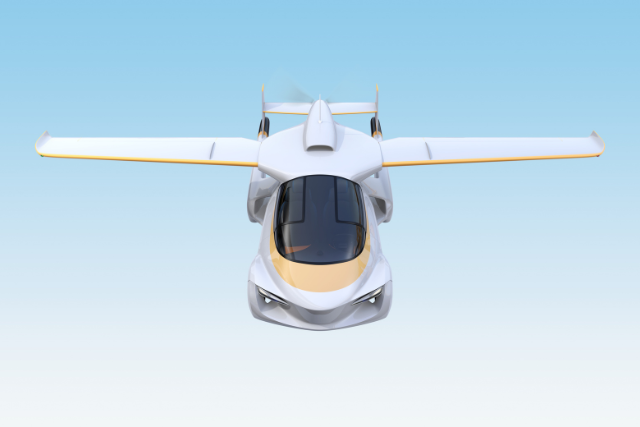
Engineering Challenges
When engineers work on personal electric vehicle (EV) aircraft, they face three big challenges. First, they need to make sure these aircraft can fly for a long time without running out of power. This is important for keeping them safe and able to travel far distances. Second, creating safety rules and ways for these aircraft to fit into busy air traffic is crucial for everyone’s safety. By solving these challenges, engineers can shape a new age of transportation.
Power Supply Limitations
Power supply limits are a big issue for making personal electric planes. Engineers need to find new ways around the problems with batteries. Here’s how they can do it:
- Better Batteries: Making batteries hold more energy helps planes fly longer without getting too heavy.
- Quick Charging: Creating batteries that charge fast cuts down on waiting time and makes electric planes more practical for everyday trips.
- Clean Energy: Looking into solar power or hydrogen fuel cells as alternative energy sources can solve the power needs for flying.
Doing these things will make electric planes a normal part of life, changing how we get around.
Safety Protocols Development
When making safety rules for small electric planes, engineers have many problems to solve to keep passengers safe and the planes working well. The idea of flying through the air freely brings a big responsibility to make sure the planes have new and smart ways to stay safe.
This means testing emergency landing plans a lot, using smart technology to predict when maintenance is needed, and having systems that check for problems in real time to stop accidents before they happen.
Engineers are creating lots of safety features like backup systems and strong materials to make sure the planes can handle unexpected things. The aim is not just to follow the safety rules for planes now, but to make them even better, so everyone can fly in the sky smoothly and safely.
Air Traffic Integration
After making sure personal electric aircraft are safe to fly, engineers now need to figure out how to fit them into the current air traffic systems. Here’s what they’re working on:
- Making fancy technology that helps these aircraft spot and avoid other planes in busy skies.
- Coming up with new rules for how all planes – old and new – share the sky, so everything runs smoothly.
- Setting up good communication systems so these cool new aircraft can talk to air traffic control in real-time.
Getting these things right is super important to make sure everyone can enjoy flying high in the sky safely. By solving these challenges with smart ideas and hard work, we’re getting closer to a future where personal air travel is a normal part of our lives, giving us more freedom to travel in cool new ways.
Battery Breakthroughs
Transitioning from designing personal EV aircraft brings us to a crucial topic – battery technology advancements. These advancements play a vital role in enabling longer flight durations and practical reusability.
Innovations in energy storage and charging speed are not just small improvements; they are key to pushing the boundaries of electric flight. These breakthroughs are making the idea of widespread personal aviation more achievable than ever before.
Advanced Energy Storage
Exciting new batteries are crucial for making electric planes better. They help planes store more energy and go farther without getting too heavy. Three cool types are:
- Solid-State Batteries: They hold more energy, so planes can fly longer distances without adding too much weight.
- Lithium-Sulfur Batteries: These store more energy and cost less, making electric planes more affordable.
- Graphene-based Batteries: They charge up fast and last a long time, which means less waiting between flights.
Using these new batteries doesn’t just bring us closer to personal flying dreams, but also changes how we travel in a big way.
Charging Speed Innovations
New advancements in how fast electric vehicles (EVs), like personal aircraft, can be charged are making them more efficient and practical.
Engineers and scientists are working hard to make charging times shorter, bringing us closer to a world where personal EV aircraft are widely used. They are using new materials and better battery chemistry to improve the energy capacity of batteries and make them charge quickly without losing performance or safety.
This is a big step forward because it means that in the future, personal flying vehicles can be recharged as easily and quickly as filling up a regular car. This will free people from being stuck in traffic on the ground and give them more options for getting around.
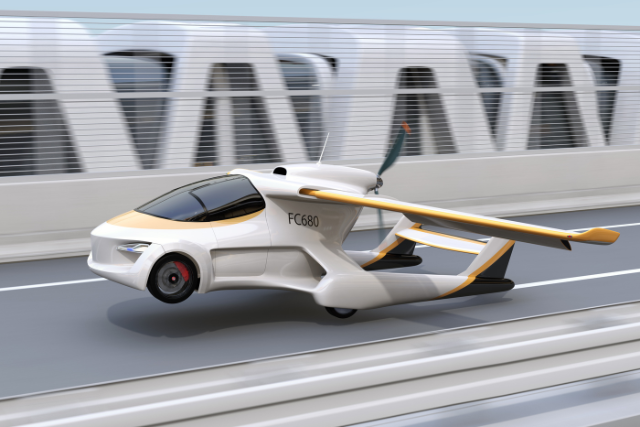
Safety and Regulation
Safety and rules are super important for making personal electric aircraft safe and legal. It’s a big challenge for engineers and rules makers. Flying electric planes on our own needs lots of testing, smart designs, and clear rules to keep everyone safe.
Here are the main things we’re focusing on:
- Certificates: We need new rules for electric planes to make sure they are safe to fly. These rules should cover the special risks and how these planes work.
- Training for Pilots: People flying electric planes need special training. They should learn how to handle electric planes and what to do in emergencies.
- Safety Features: Engineers are adding extra safety measures to electric planes. These include backup systems and tools that can fix problems on their own, making accidents less likely.
Air Traffic Innovations
The growth of personal electric vehicles (EVs) is making it important to update air traffic systems to manage these aircraft safely in busy skies. New ideas in this area are not just important; they are needed for the vision of widespread personal flight to happen.
To achieve this dream of flying freely, we need to rethink how we control air traffic, using the latest technology to keep everyone safe and make things run smoothly.
One solution is to introduce autonomous flight paths that use smart algorithms and artificial intelligence (AI) to adjust to the changing flow of personal EV aircraft traffic.
These systems can automate flight routes and schedules, reducing mistakes made by people and making sure airspace is used efficiently for a smooth traffic flow.
Another helpful approach is using real-time data analytics to predict and manage traffic, spotting possible collisions or congestion in the air before they happen.
This helps find different routes to keep things running smoothly and safely. By being proactive, we can improve safety and make the most of airspace, ready for the expected increase in personal EV aircraft.
These air traffic innovations are a big step towards giving people more freedom from being stuck on the ground, giving them a new level of mobility and independence.
Moving toward the sky isn’t just about amazing technology; it’s also about creating systems that make it possible and safe for these aircraft to be part of our daily lives.
Cost and Accessibility
Flying in your electric aircraft sounds amazing, but it’s important to make sure these cool planes are affordable and easy to get for everyone. We want to see more people flying high in the skies, not just the rich folks.
So, how can we make this happen?
- More Planes, Lower Prices: When we make a lot of electric planes, the cost goes down. This means more people can buy them because they won’t be so expensive.
- New Ways to Pay: You might not have to buy a plane outright. You could subscribe to one, share ownership with others, or lease it. These options can make it easier for you to get your hands on a personal electric aircraft.
- Help from the Government: Governments could give you tax breaks or money to help you buy an electric plane. This could make it more affordable for you and encourage you to pick a greener way to travel.
Environmental Impact
How will using personal electric planes affect the environment? It’s a big deal. Switching from regular cars to electric aircraft can help cut down on carbon emissions. These planes run on electricity instead of fossil fuels, so they don’t release as much CO2.
Plus, they’re way quieter than regular planes, so noise pollution is reduced. They also don’t need as much space to operate. This change could also be good for wildlife, causing less harm to them.
The Future Landscape
Looking ahead to the future, imagine how personal electric planes will change how we get around in cities and reshape our neighbourhoods.
This big change to using flying vehicles isn’t just about avoiding traffic on the ground; it’s about thinking of new ways for people to move around and how cities are designed.
In the future, thanks to personal EV aircraft, we will see:
- Spread-Out Cities: Instead of cities being all crowded together because of cars and buses, we can plan cities to be more spread out and organized better, making them more efficient and less crowded.
- Better Connections: With electric planes, we can fly straight from one place to another without worrying about roads or traffic, making it easier to connect far-off places and helping businesses and communities grow.
- Greener Cities: Electric planes that run on clean energy will help reduce pollution and noise in cities, making them cleaner and more pleasant to live in.
The future is coming, and as engineers work hard to create personal electric planes, the idea of flying cars is closer than ever.
Exciting changes in how we move around cities are just around the corner, bringing with them a new era of progress and taking care of the environment.
Conclusion
In simple terms, making flying cars a reality depends on solving big challenges in battery technology, safety, and regulation. Improvements in managing air traffic are crucial for smoothly fitting these cars into current systems.
Even though it’s tough, advancements in these areas show that flying cars could become a practical way to get around, reducing city traffic and helping the environment.
The future of personal electric planes is on the verge of change, bringing in a new era of how we move around.

